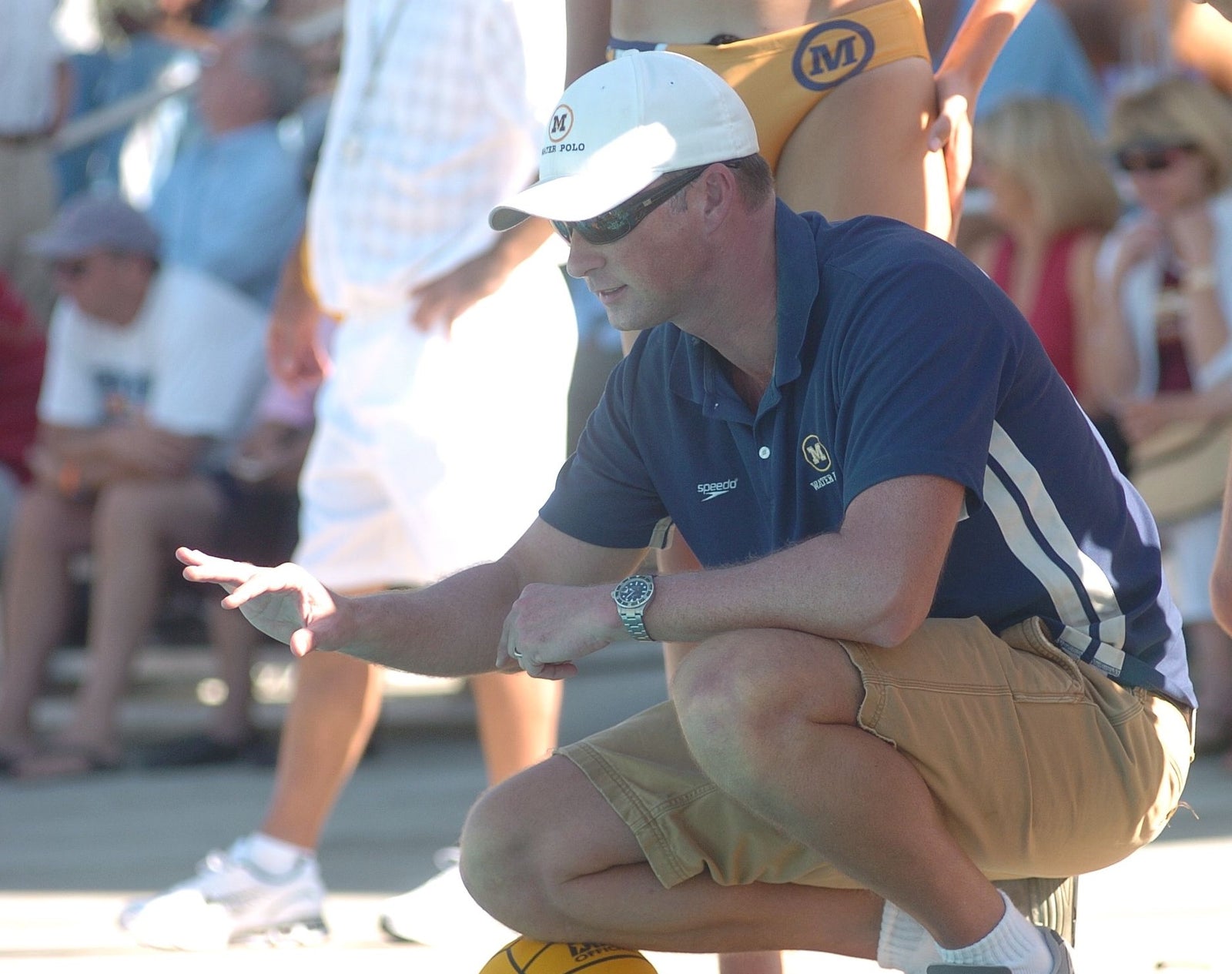Your Cart is Empty
Great products. Fast response and shipping.
Excellent customer service
Everything operated and the items came through efficiently.
My son likes the CIU water polo suit. It does what it is supposed to do.

March 05, 2024 4 min read
In my 25 years conducting goalie clinics throughout the country, I occasionally bring in highly accomplished shooters who can share with the goalies their approach to shooting. This is a huge benefit for the goalies: As I often say, the shooters on your team can be your best coaches. After the goalies hear from the shooters, we then devise our training to best combat what they’re doing to try to beat us.
Now it’s time to share all of this information with the Shooters, and let the Cat-and-Mouse Game begin. Here’s a glimpse of these insights from one of the most prolific scorers I’ve worked with: Ben Hohl. Ben was a 3-time All American at Menlo School where he was a 2-time CIF Player of the Year. Having graduated from Menlo in 2006 he still holds the all-time record for goals scored. Ben went on to play at UCLA where he was a 2-time All American.
Below are summaries of the various areas Ben focuses on when attacking a goalie and, below each strategy, how goalies can combat these strategies in their own training and game play.
Fake: While in a shooting situation, Ben quickly assesses where the goalie’s hands are and how he is positioned geometrically both laterally and relative to the goal line. With his fake, all he’s attempting is to bring the goalie out of his comfort-zone—what goalies call the “spring” position. Once the goalie’s there, Ben has the corner shot open as the goalie can no longer “spring” to the corner.
Goalie Response: Develop a strong endurance leg base that allows you to remain in the spring position. In addition, train and become comfortable implementing your explosive shot-blocking technique while outside of this position: i.e. don’t do all of your core fundamentals in your perfect base/spring position.
Knowledge: Hohl finds it more difficult to shoot against goalies who know his style: in his case, the two goalies who played on his Menlo team for four years Sandman (Stanford) and Merlone (Princeton). This highlights the fact that goalies learn more from shooters than shooters do from goalies much like it’s more to the advantage of a batter in baseball when facing a pitcher multiple times.
Goalie Response: It is to your advantage to see shots from as many shooters as possible. Seek opportunities in which you can face new shooters and avoid taking shots from only the players on your own team. This, too, is where scouting can be beneficial for goalies in tracking the tendencies of shooters.
One-on-Goalie: In a 1-on-goalie situation, if Hohl is in close and the goalie’s hands are still down (or very low) he’s able to score a quick-release shot. If the goalie’s hands are out, he will move the goalie laterally. He noted a few goalies who have great success moving laterally with their hands out (i.e. Jimmie Sandman at Stanford) which makes scoring in this situation very difficult.
Goalie Response: In your eggbeater conditioning, focus as much—or, ideally, even more—on lateral movement for speed versus height out of the water. In addition, with shooters in close proximity (i.e. the 1-on-goalie, inside water, or center shots), find that balance between having your hands too low (i.e. in the water) and out too high (i.e. with hand straight up, elbows locked).
Penalty Shots: In a penalty shot situation, Ben prefers that the goalie pick a side and then dive early—this allows him to release the ball to the opposite corner for an easy goal.
Goalie Response: Hohl actually suggests to goalies that they force shooters to pick a corner not made easily obvious by the goalie’s guessing, as well as to learn the tendencies of individual shooters in the penalty shot situation.
In addition: A recent study showed that soccer goalies tend to guess so as to avoid the “shame of appearing not to try.” Now knowing what we know, we should force the shooter to earn a goal in this pressure-situation and not easily surrender it.
Another study (also on soccer) showed that by standing just 6-10 cm off-center, shooters are 10% more likely to shoot to the side with more space, despite not being consciously aware of the displacement…something to think about. So practice your penalty shot moves—i.e. you should have more than 1 strategy—in training in order to be comfortable and prepared in the pressure situation of a game.
As one might imagine, there are certainly Shooter responses to the arms-race response from Goalies. Something we’ll discuss further in future articles as well as hearing from Olympian sharp-shooter Chris Oeding in the next segment. For now, the good news is, Shooters and Goalies alike can focus on these various insights in their own respective training in order to put them into use in upcoming games.
Comments will be approved before showing up.

Be the first to get new products, training videos, and updates.
TURBO Mens USA Official 2024 Competition Suit
Great products. Fast response and shipping.
Excellent customer service
Everything operated and the items came through efficiently.
My son likes the CIU water polo suit. It does what it is supposed to do.